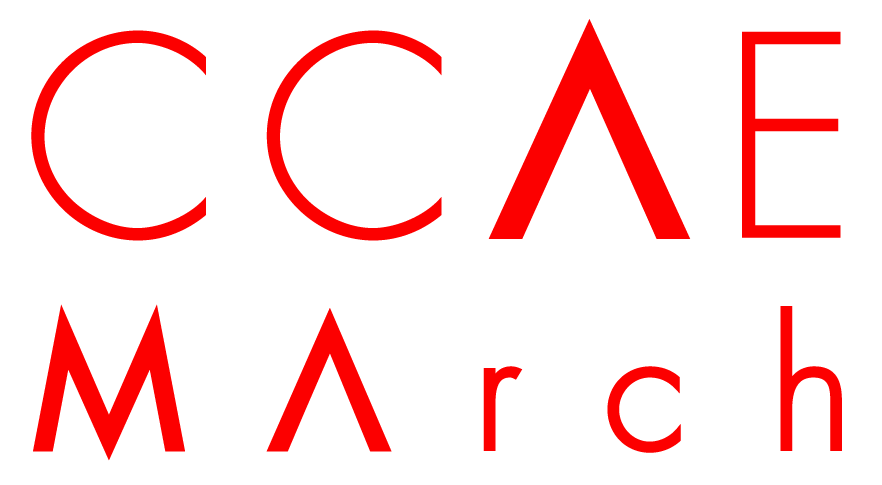ISLANDS UNKNOWN
2021
As part of a two-year research study [2020-2021 and 2021-2022], the MArch Studio Islands Unknown shifted from our usual urban-centric approach, towards something that embraces the remote condition of islands along the West Coast of Ireland this year. Considering islands as inherently fragile places, we began by recognising their immense power as places of the cultural and literary imaginations, fantastical aesthetic contradiction, and subaltern geopolitical fields.
Of those we are immediately aware of, a cursory reading across these fields brings us into contact with themes of enchantment/ atonement/ fantasy/ despondency/ and cultural commentary - like Swift’s Gulliver’s Travels, Defoe’s Robinson Crusoe, Golding’s Lord of the Flies, Jules Verne’s The Mysterious Island, D.H. Lawrence’s The man who loved Islands, Francis Bacon’s New Atlantis, Thomas More’s Utopia, or Dante’s depiction of the after-life island Purgatorio (where he encounter the slothful and constitutionally lazy Belacqua and asks "che se pigrizia fosse sua serocchia”) in The Divine Comedy. In the case of the mythological Brazil (Hy-Brazil), it is identified in very clear ways - on maps and in historical written journals – and at the same time, it is phantasmic where it very existence requires subtle visual, atmospheric, and temporal alignments. So enchanting was the idea that there might be utopian lands beyond the real land of Ireland that W. B. Yeats, for example, reproduced Gerald Griffin’s poem Hy Brasil, The Isle of the Blest in his book 'Fairy and folk tales of the Irish Peasantry' (1888).



